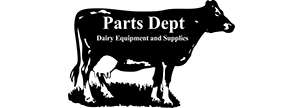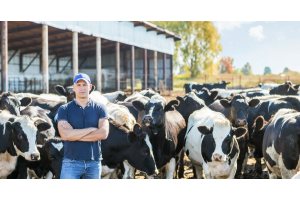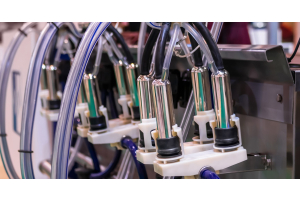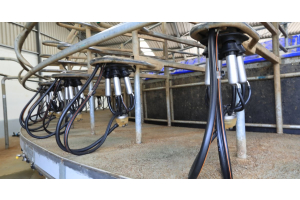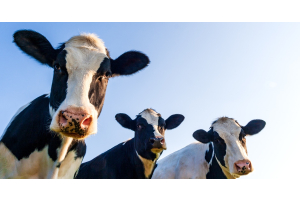Understanding Milking Claw Parts: A Breakdown of Components
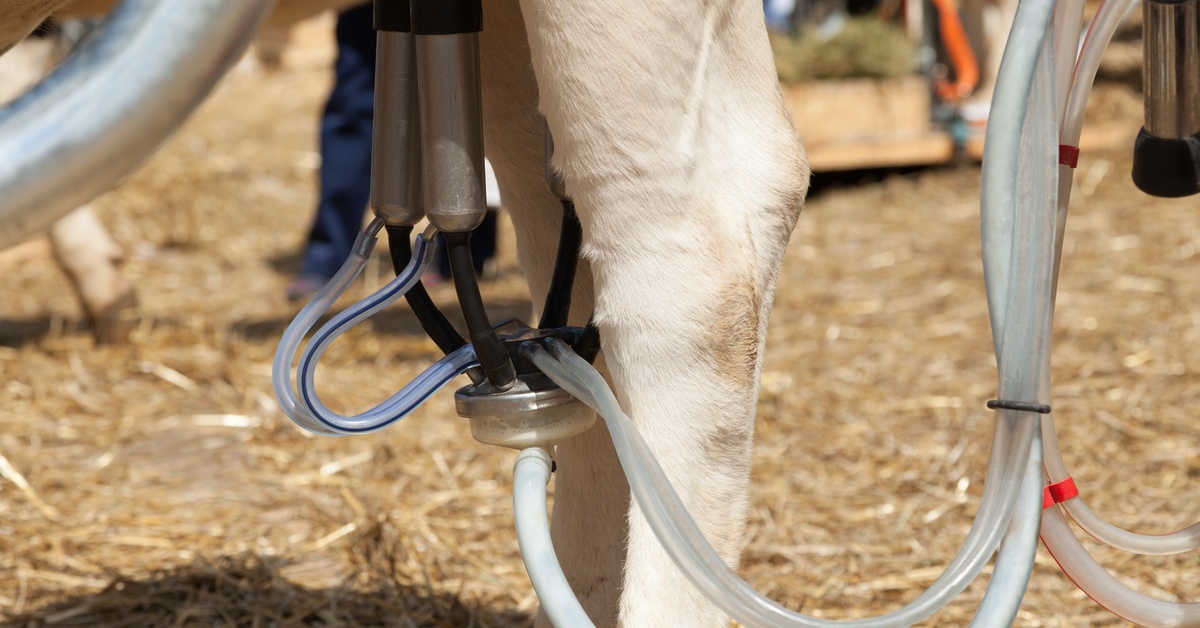
Every successful dairy operation depends on well-maintained equipment that performs reliably day after day. The milking claw is one of the most essential pieces of equipment in your milking system because it directly affects milk quality and cow comfort. Each component within this system plays a specific role in ensuring smooth, hygienic milk collection.
Use this guide to understand milking claw parts, so you can maintain peak performance at your facility and address issues before they impact your operation.
Claw Body
The claw body functions as the central collection point where milk from all four teats gathers before moving into your milk line or container. This component prevents milk backflow, which protects milk purity and system hygiene by ensuring milk flows in only one direction.
The body distributes vacuum pressure evenly across all four teat cups, creating consistent suction that promotes complete milk removal. Well-made claw bodies withstand the daily pressures of commercial milking operations and maintain their structural integrity through thousands of milking cycles. When selecting replacement claw bodies, choose materials that resist cracking and maintain vacuum seals over extended periods of use.
Milk Outlets
Milk outlets channel collected milk from the claw body directly into your milk transportation system. These outlets maintain consistent flow rates that prevent bottlenecks and reduce the risk of clogs that interrupt your milking schedule.
The design minimizes milk exposure to external contaminants, preserving milk quality from cow to storage tank. Smooth interior surfaces facilitate thorough cleaning and allow you to maintain the strict sanitation standards required for commercial dairy production. Regularly inspect milk outlets to identify wear patterns that could compromise milk flow or quality, and replace components with exceptional parts from Parts Dept.
Teat Cups
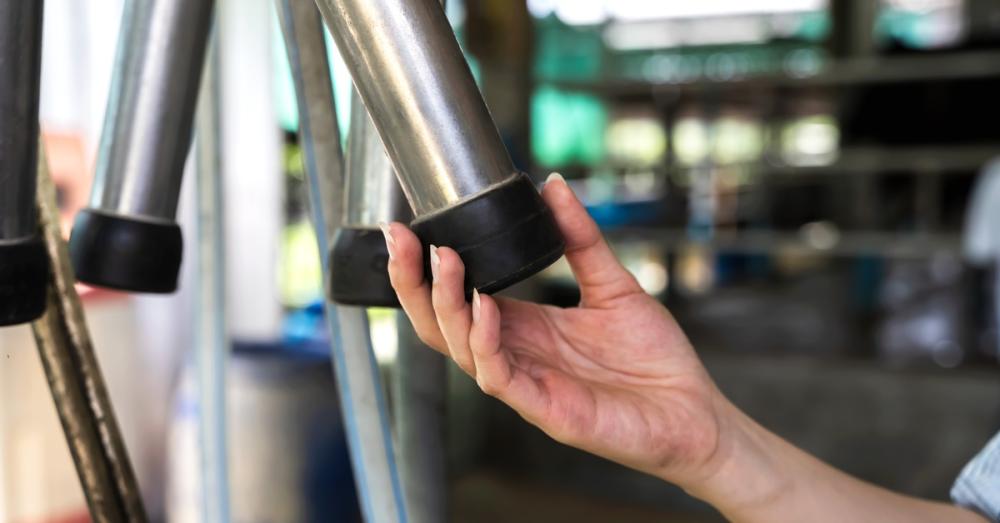
Teat cups create the direct connection between your milking system and the cow’s teats, establishing the foundation for effective milk extraction. These parts form secure seals that prevent air leaks while maintaining gentle contact with teat tissue.
Smooth interior edges protect against discomfort or injury that could stress cows and reduce milk production. Teat cups should be made from food-grade materials to ensure no harmful substances contact the milk during collection. Select teat cups based on your herd’s teat size and shape to improve milking speed and cow comfort.
Liners
Liners sit inside the teat cups and provide the flexible barrier that creates vacuum seals around each teat. These components massage teat tissue gently during the pulsation cycle, promoting healthy blood circulation and preventing tissue damage. Liners maintain consistent vacuum levels throughout the milking process and ensure complete milk removal without over-milking.
Replacement schedules for liners typically range from 1,000 to 2,500 milkings, depending on the material quality and milking conditions. Regular liner replacement prevents bacterial buildup and maintains the vacuum integrity essential for proper system function.
Vacuum Ports
Vacuum ports connect your claw to the central vacuum system that powers the entire milking process. These ports help maintain stable vacuum levels that ensure consistent milk removal across all teats simultaneously. Proper vacuum distribution reduces milking time while preventing the incomplete milking that can lead to mastitis issues.
Vacuum ports feature durable seals that prevent air leaks that compromise vacuum levels throughout your system. Check connections and replace worn seals to maintain vacuum ports, as even minor issues can impact system performance.
Shutoff Valve
The shutoff valve provides operational control over vacuum flow to individual teats or the entire claw assembly. This component enhances your ability to manage the milking process by allowing you to isolate sections when needed for maintenance or cow comfort. These milking claw parts reduce air leaks that compromise milk and vacuum system performance.
These valves improve daily workflow by providing quick access to vacuum control without disrupting the entire milking process. Shutoff valves maintain tight seals while offering smooth operation through thousands of cycles.
Air Vents
Air vents introduce controlled amounts of air into the claw system to prevent excessive vacuum buildup and ensure smooth milk evacuation. These vents prevent milk flooding in the claw body, which disrupts milk flow and reduces system performance. Controlled air admission reduces wear on liners and other vacuum-sensitive components, extending their service life.
Proper air vent function supports complete milk evacuation from the claw body and prevents milk residue that could harbor bacteria. Regular cleaning of air vents ensures they operate at designed specifications and maintain proper air flow rates.
Shells
Shells provide the rigid framework that holds liners securely in place within the teat cup assembly. These components offer structural protection for the flexible liners and prevent damage during attachment and removal processes. Shells facilitate secure attachment to the claw assembly and cow teats by ensuring reliable vacuum seals throughout milking.
Durable construction materials resist cracking and wear from repeated handling and cleaning cycles. Proper shell selection based on your liner specifications ensures compatibility and maintains vacuum integrity across all milking positions.
Milk Claw Lid
The milk claw lid covers the claw body opening to create a complete seal that prevents milk spillage and maintains vacuum integrity. This component ensures your milking system operates as a closed system, preventing contamination from external sources.
Secure lid attachment maintains the airtight environment necessary for proper vacuum function and milk preservation. Quick-release designs facilitate rapid cleaning and maintenance procedures by reducing downtime between milking sessions. Lids feature durable gaskets that maintain seals through repeated cleaning and sterilization cycles.
Sensors
Modern milking systems often include sensors that monitor milk flow rates and detect when individual cows complete milking. These electronic components help identify flow slowdowns that might indicate health issues or equipment problems.
Data collection capabilities support herd health monitoring by tracking individual cow milk production patterns over time. Flow monitoring helps prevent over-milking by signaling when to remove the claw, which protects teat health and milk quality. Advanced sensor systems integrate with farm management software to provide comprehensive production and health data.
Claw Bowl
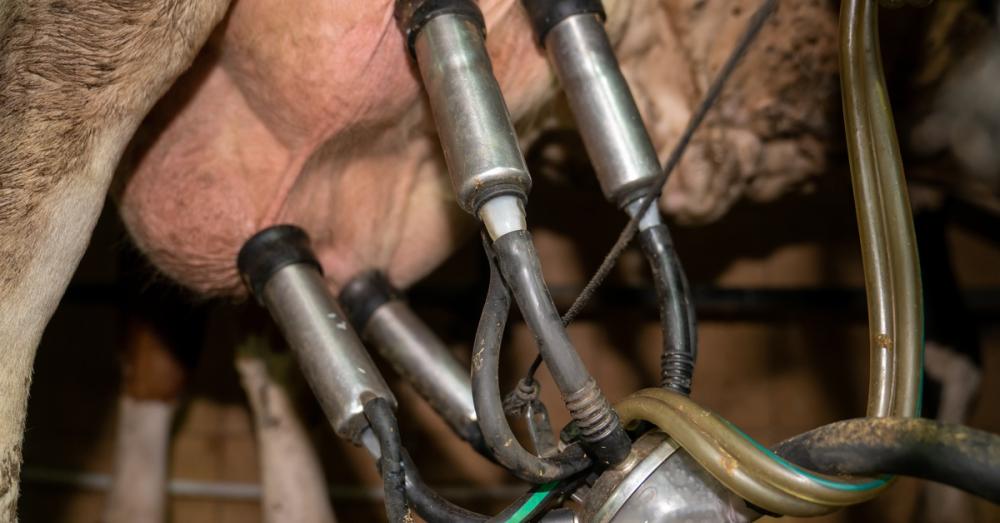
The claw bowl is the transparent or translucent lower section of the claw that allows visual monitoring during the milking process. This component lets you observe milk flow patterns and identify issues such as blood, clots, or abnormal milk that might indicate health problems.
Visual access enhances troubleshooting capabilities by allowing immediate identification of flow disruptions or equipment malfunctions. Construction materials withstand both the weight of collected milk and the stress of continuous vacuum application.
Seals and Gaskets
Seals and gaskets create airtight connections between all milking claw parts and maintain the vacuum integrity essential for proper system operation. These components prevent air leaks that could reduce vacuum levels and compromise milking performance throughout the system. Sealing materials resist degradation from cleaning chemicals and repeated sterilization cycles.
Proper seal maintenance reduces contamination risks by preventing external air and contaminants from entering the milk pathway. Regular replacement of worn seals ensures consistent system performance and maintains the hygienic conditions required for quality milk production.
Understanding milking claw parts and components empowers you to identify maintenance needs before they impact your operation. Contact the specialists at Parts Dept today to discuss your specific needs and ensure your milking equipment operates at peak performance levels.

